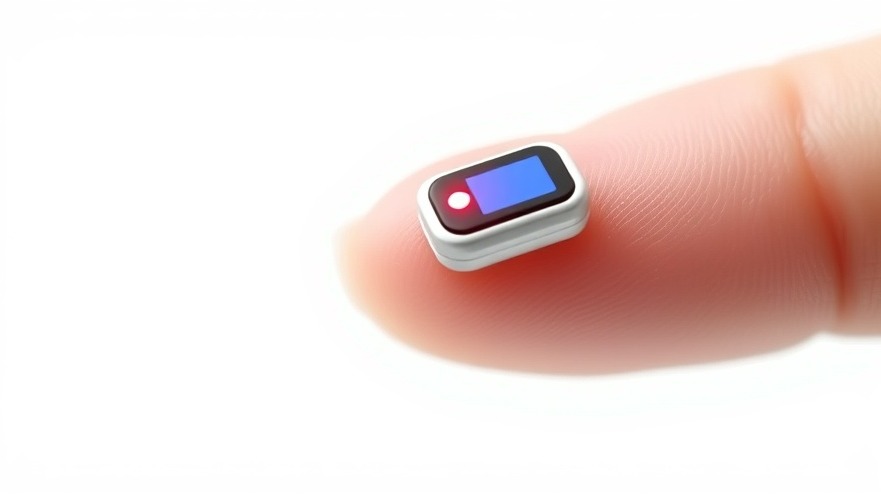
The Future of Cardiac Care: A Breakthrough in Pacemaker Technology
The medical community is witnessing a dramatic transformation in cardiac care with the advent of the world's smallest light-activated pacemaker, developed by a team at Northwestern University. This innovation represents a significant leap forward, particularly for pediatric patients. By being non-invasively injected through a syringe, the tiny device occupies a space comparable to that of a single grain of rice, revolutionizing treatment options for newborns suffering from congenital heart defects.
Why Size Matters in Pediatric Cardiology
Congenital heart defects affect around 1% of newborns, regardless of geographic or socio-economic backgrounds. Traditional pacemakers may pose challenges due to their size and the need for surgical extraction. The new device addresses these concerns—its small size reduces the physical burden on tiny bodies, while the biocompatible materials ensure safe dissolution once the pacing is no longer needed. This can alleviate stress for both medical teams and families.
How the Pacemaker Works: Light and Technology Come Together
The remarkable aspect of this pacemaker is its mechanism of operation. Paired with a wearable device that is placed on the chest, it uses light pulses to activate the pacemaker. This system can detect irregular heartbeats and seamlessly respond without a direct surgical intervention, which is particularly advantageous in a clinical setting. Such technological elegance speaks to the future of less invasive treatments and real-time patient monitoring.
Impact on Clinical Practice and Patient Care
This innovative pacemaker not only provides a new treatment avenue in cardiac care but also emphasizes the importance of adapting technology to specific patient needs. As healthcare practitioners, it's vital to remain informed about technological advancements that can improve patient outcomes. For concierge health practitioners, staying abreast of such innovations can enhance care options for families dealing with congenital issues.
Potential Challenges: Navigating the Path to Adoption
While the potential benefits of this miniaturized pacemaker are profound, physicians must consider various implementation factors. This includes regulatory approval, cost implications, and the need for comprehensive training to ensure proper use in clinical settings. Each of these elements can significantly impact how quickly and effectively this technology becomes a standard part of cardiac care.
Looking Ahead: The Integration of Innovative Technologies
With the ongoing evolution of medical technology, this pacemaker could pave the way for more innovations that directly address the unique needs of specific populations, especially in pediatrics. As practitioners, we must ask ourselves how we can best incorporate these advancements into our practices. Being proactive in understanding and embracing such innovations can lead to better outcomes for our patients.
The Call to Action for Health Practitioners
As concierge health practitioners, it's crucial to remain updated on the latest medical technologies that can impact your patients' lives. This groundbreaking pacemaker provides a compelling reason to explore how such advancements can be integrated into patient care strategies. Engage with your peers, explore studies, and consider attending webinars to deepen your understanding of these technologies. The future of healthcare is now, and staying informed is key to providing the best care possible.
 Add Row
Add Row  Add
Add 






Write A Comment